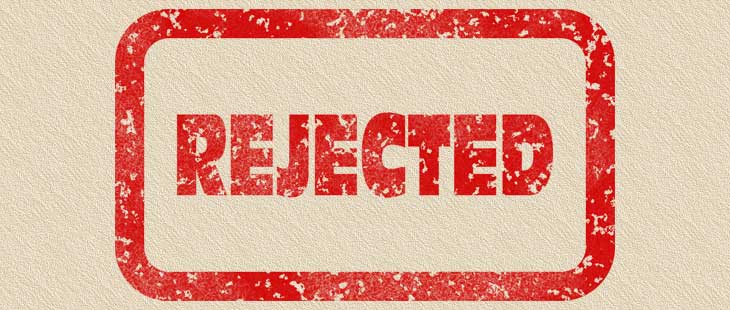There are many reasons for claim rejections but you can avoid claim rejections by double checking some basic information in your claims. The better EHR systems will check some information when the claim is being saved to help avoid claim rejections.
The good news is many of the claim rejections are being checked when the claims are transmitted by front end systems at the clearinghouses and insurance companies so you do not have to wait days for the claims to reject before you can correct and resubmit them.
You can avoid many claim rejections by making sure the information you are submitting is complete and accurate. Below is a checklist of the common causes of claim rejections:
- Make sure you have the current and correct Insurance Card. Patients who have Medicare Advantage insurance may still think they have Medicare insurance and give you the incorrect card.
- Verify the spelling of the first and last name. It must match the name on the Insurance Card, do not use nicknames.
- Verify the insurance ID number. Be careful of Zeroes and O's, Ones and L's, and other similar characters. Proofread the number by reading it backwards.
- Verify the date of birth.
- Verify the National Provider Identification Number (NPI). Check with the insurance company to see if they require a Referring Physician with the claim.
- Verify the provider name and numbers.
- Verify the Claim Taxonomy if submitting to Medicaid payers.
- Verify that the payer accepts the Procedure Code and Diagnosis Code. This is critical if the patient has Out of State Insurance coverage.
- Verify that the Procedure Code and Diagnosis Code is correct. The Primary Diagnosis Code must be entered in the first diagnosis position or the claim may be rejected.
- Verify the NDC Code.
Remember, with the new 5010 claim format, many insurance companies are now checking information they never checked before so you really need to pay attention to your rejection reports.
For instance, Blue Cross used to check that an NPI number existed but they never verified the NPI number for accuracy. As of December 2011, they now check the NPI number for accuracy and an invalid NPI number will cause the claim to be rejected.
Where to Find Your Claim Rejections
Claim rejection reports are available from a number of sources. Rejection reports may come from your Practice Management system, the Clearinghouse, or the Insurance Company.
For Medicare, after you submit claims, you will have two reports generated for you.
The 999 report will show if your file could be read and if it has been accepted. If your claims are rejected at this point, you will probably need to contact your software vendor to fix the issue since it is based on the file structure.
The 277 report will scan each claim and show any claims rejected and the reason why the claim has been rejected. Any rejected claims must be fixed and resubmitted so it is important to check this report with every claim submission.
Clearinghouses have their own reports to check for claim rejections. For instance, Emdeon offers their Emdeon Vision reporting system that will show you all rejected claims since the last time you logged in to the system.
The claim rejection information is supplied by the Payer to Emdeon and if you need more information about the claim rejection, you need to contact the payer directly. Emdeon claims that on average, 90% of all claim statuses are received back from the payer in 5 to 9 days.
So if you want to reduce your claim rejections, be sure to check your reports daily!


0 comments